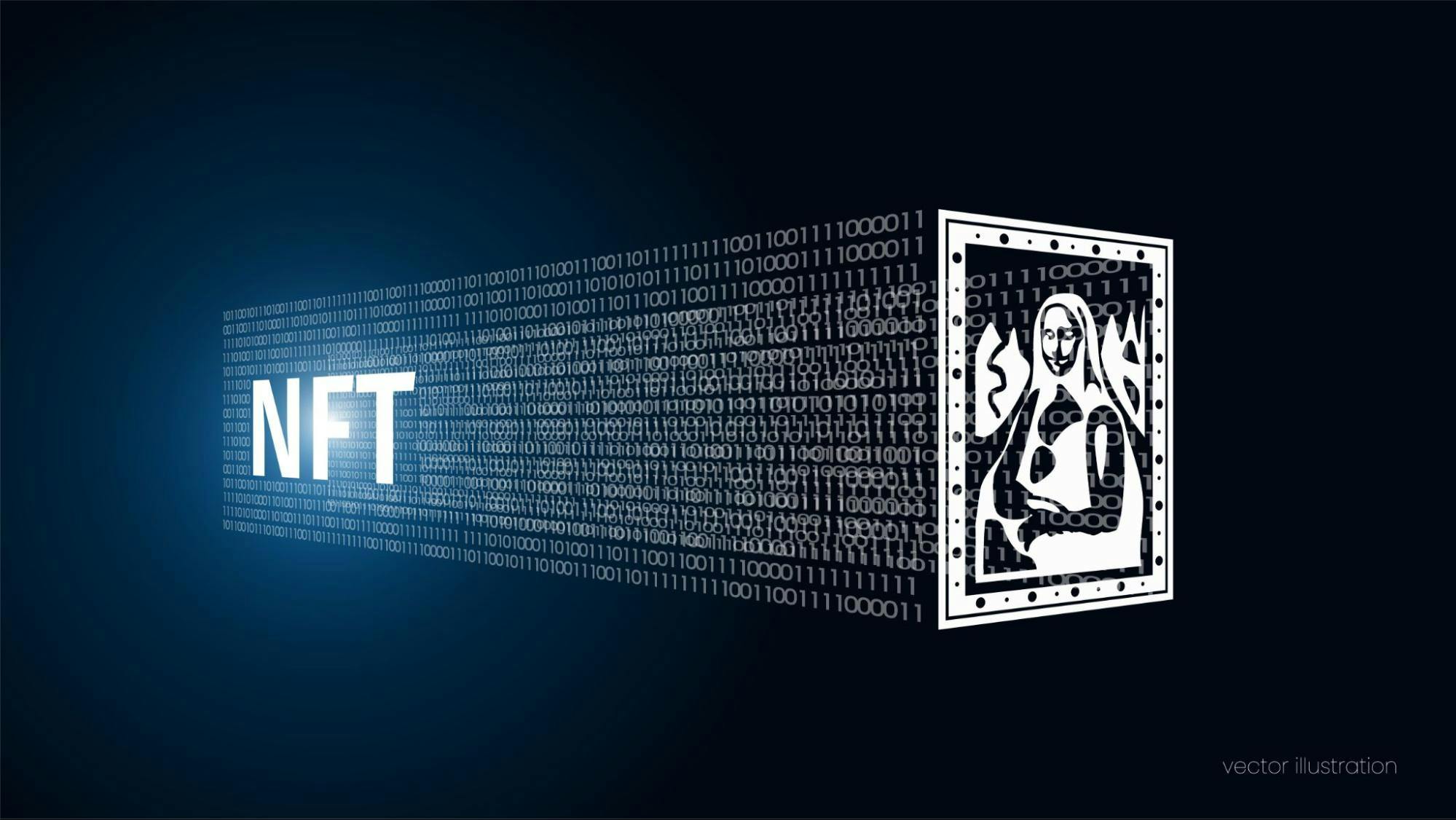While the enthusiasm for non-fungible tokens (NFTs) may be waning, this new market is here to stay, thanks to the unique benefits of these tokens. NFTs are an excellent solution to ensure the uniqueness and origin of physical and digital assets in a secure and transparent manner.
Not only do Algorand users benefit from a robust and flexible infrastructure for NFT, they can also integrate NFT royalties through a combination of front-end features that allow them to monetize their work, whether it’s related to music, art, fashion items, patents or other assets. In this way, Algorand’s technology can transform entire industries and support the creator economy.
Blockchain can help creators monetize their work
NFTs have gained popularity due to their ability to digitally represent something unique and rare, giving holders full ownership rights to a specific asset. However, that’s not all: some blockchains allow NFTs to go further and integrate royalties, i.e. payments made to a creator (be it a musician or an artist) every time a copy of their work is sold.
Royalties can be personalized and, for example, can also be used with unique works of art that are sold as a single item or in fractions. Whenever the artwork changes hands in secondary markets, the artist will receive a percentage of each transaction.
Thanks to Algorand, creators can easily monetize their work and have direct contact with fans. They can customize the royalty schedule to accurately reflect their relationship with the audience.
NFT royalties will benefit creators in many ways. Many artists, especially musicians, do not collect all the royalties due to a lack of transparency, either because their songs are not properly registered or because they remain unclaimed and go to record companies. These are known as unassigned royalties, and artists are estimated to lose hundreds of millions of US dollars from these missing payments.
Blockchain can ensure proper accountability so artists don’t lose their hard-earned money to a broken royalty system, and Algorand offers the best blockchain infrastructure to build the ideal monetization program.
How to create NFT with royalty features in Algorand?
Algorand enables NFTs to integrate royalties by combining features, simplifying NFT minting and royalty policy integration.
NFTs are created within the Algorand Standard Asset Framework (ASA), which also supports fungible and non-fungible tokens. This means that your tokens will benefit from the first layer of Algorand, a decentralized, fast and non-forking network.
Building NFTs is extremely easy as Algorand puts a huge emphasis on user experience. Developers can build ASA-based NFTs with their favorite programming language, for example: Java, JavaScript (node.js and browser), Go, and Python SDKs, as well as REST APIs, or through command line functionality or even with one of the NFT creation apps already publicly available. All they have to do is set the mutable and immutable parameters appropriately. To be precise, when defining an NFT, the “Total” value should be set to 1, while “Decimals” should be set to 0.
Finally, standard NFT can be enhanced with on-chain royalties through a mix of other Algorand functionality, including Algorand Smart Contracts (ASC1) and Atomic Transfers (AT).
Developers can create multiple NFT royalty policies, depending on their needs. For example, they can make royalties represent a fixed fee to a creator for each transaction made with their NFT or a variable fee paid to the creator based on the variable price of the NFT or the purchase price at auction.
To test blockchain royalties on Algorand, you can try AlgoRealm, an NFT royalty game designed to demonstrate how the whole mechanism works.
The AlgoRealm game has a fairly simple concept: it is ruled by two majesties:
- The random majesty of Algorand, who holds the crown of NFT entropy.
- The verifiable majesty of Algorand, who holds the NFT Proof Scepter.
Any user can claim one or both titles by donating ALGO tokens to the rewards pool. The higher the donation, the more difficult it will be to be dethroned by other users. The point is that whoever donates more than the current majesty automatically becomes eligible to receive title and the corresponding NFT artifact.
AlgoRealm NFT royalties paid to the reward pool are managed by a combination of ASAs, Algorand smart contracts, and atomic transfers. The objective is to connect the ASA management addresses to a set of smart contracts with and without memory of previous states that enforce the royalty policy against the two NFTs. These are the main components:
- ASA – This framework is used to create NFT-rendered AlgoRealm artifacts. They are controlled by ASC1 smart contracts using the ASA recovery address.
- Atomic transfers: execute groups of transactions that trigger simultaneous interaction between game components with and without memory of previous states (see this article to learn how the two components can be connected).
- Algorand smart contract with memory of previous states: Implements the AlgoRealm application that manages the global state ASC1 that keeps track of donation amounts and usernames of current majesties.
- Algorand smart contract with no memory of previous states: Enforces AlgoRealm law as a contract account that approves NFT recovery transactions based on royalty policy.
The interactions between the listed features must follow a specific implementation sequence:
- Implementation of the application with memory of previous states.
- Creation of NFTs.
- Implementation of the contract account without memory of previous states.
- NFT configuration.
- Configuration of the application with memory of previous states.

